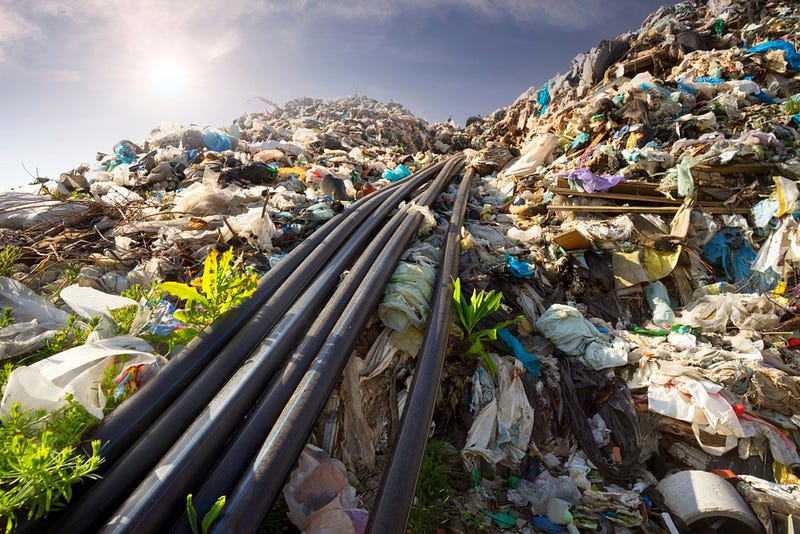# Transforming Excavated Waste into Future Resources: A Sustainable Approach
Written on
Chapter 1: Understanding Landfill Waste
Landfills have long raised concerns due to their detrimental effects on the environment and the inefficient use of land that could otherwise serve better purposes. They house numerous valuable materials that could be repurposed, making it essential to view landfills as temporary storage rather than permanent solutions.
As landfills proliferate and resources dwindle, the concept of resource recovery from existing landfills has gained traction. This practice, known as landfill mining, offers three key advantages: it mitigates environmental damage, allows for more efficient land use, and enables the cost-effective recovery of valuable materials from excavated waste.
The process of transforming excavated waste into usable resources requires careful excavation and management.
Section 1.1: Recovering Recyclables
The initial step in converting excavated waste into future resources involves extracting recyclable materials. Much like home recycling, older landfill waste comprises a variety of reusable components, including paper, plastics, wood, and metals. Each of these materials holds intrinsic value, necessitating systematic sorting and separation.
However, sorting excavated waste is a complex endeavor. When performed manually, this task can be both slow and hazardous. Automation offers a solution, utilizing various mechanical processes and separation techniques. For instance, processes such as milling, sieving, and crushing, combined with separation methods that harness magnets, air currents, water flow, and optical systems, can effectively streamline the process. Additionally, the integration of artificial intelligence in waste sorting can enhance efficiency (for further insights, see the article “How Artificial Intelligence Makes Recycling Easier”). Post sorting, metals, paper, and certain plastics can be transformed into new raw materials for product manufacturing.

Section 1.2: Energy Generation from Waste
The second approach to converting excavated waste into future resources involves harnessing non-recyclable materials for energy generation. This can be achieved through two distinct methods.
The first method entails creating openings in the waste pile to capture methane and other gases released during decomposition. For instance, a power plant in Italy generates 3.8 megawatts of electricity from gases emanating from an old landfill—equivalent to the annual energy consumption of an average European household. Once gas production diminishes, the second method can be implemented.
This second method involves the excavation and incineration of non-recyclable materials in a process known as thermovalorization. In Bogotá, Colombia, a power plant processes 6,000 tons of waste daily, yielding 150 megawatts of electricity.
Conclusion
In summary, excavated waste presents an opportunity to create valuable resources for the future. This can be achieved by recycling recovered materials or utilizing landfill gases and leftover materials for energy production.
Credit
This article is based on:
Pecorini, I., & Iannelli, R. (2020). Characterization of Excavated Waste of Different Ages in View of Multiple Resource Recovery in Landfill Mining. Sustainability, 12(5), 1780.
Chapter 2: Video Insights on Vulnerability and Productivity
The video titled "Episode 4: Vulnerability & Productivity with Jason Schroeder" explores the intricate relationship between vulnerability and productivity in various contexts. Understanding this dynamic can further enhance our approach to sustainability and resource recovery.